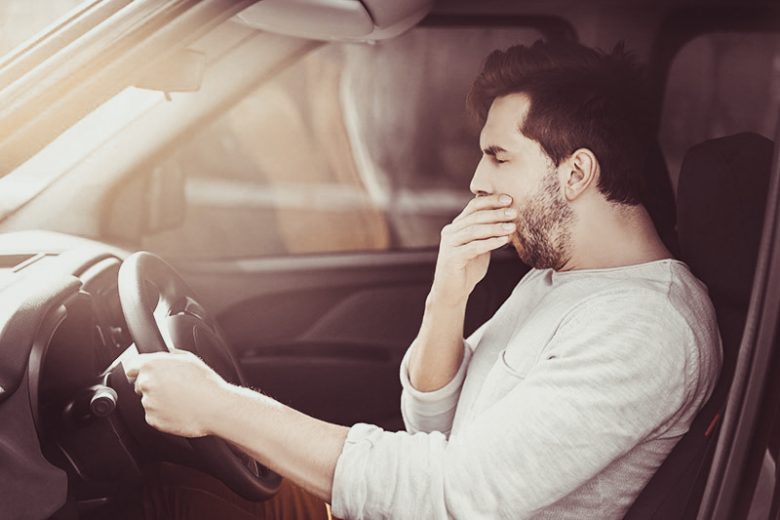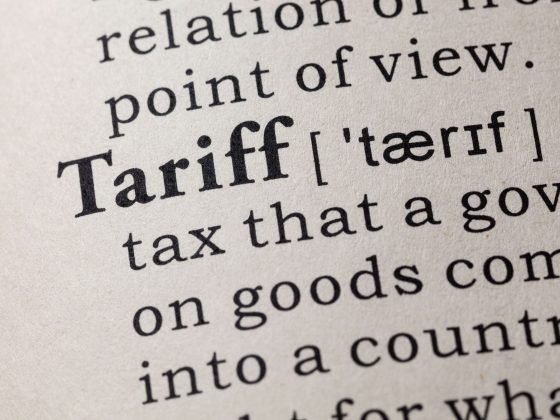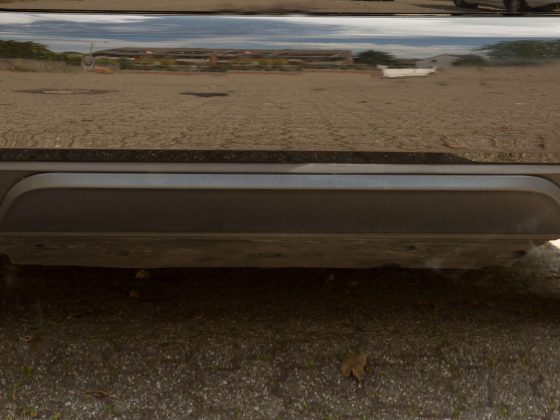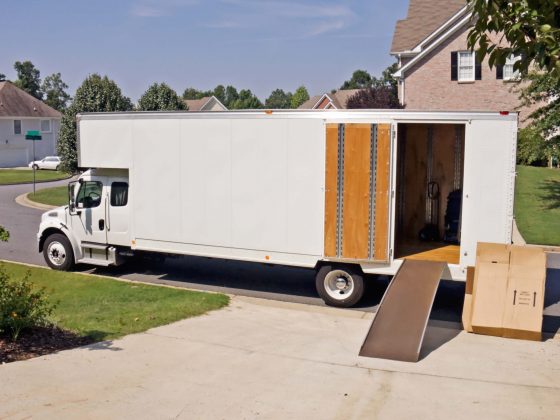Are you informed about the effects of drowsy driving?
Use eTags© to Quickly Complete Your DMV Service. Renewals, Title Transfers and More, All Online!
There has been a lot of discussion about the risks of driving a vehicle, including driving while fatigued, but there’s still room for improvement.
The National Highway Traffic Safety Administration found that approx. 100,000 police-reported car accidents involve drowsy driving every year.
These reported accidents conduce to more than 1,550 fatalities and 71,000 injuries.
Of course, the exact number may be even higher, as it is difficult to determine whether an accident was caused by fatigue driving.
Unfortunately, some drivers still believe in drowsy driving myths, which increases the number of people getting involved in crashes today.
Note that drowsy driving is as dangerous as drunk driving. You could be coping with the same effects as driving under the influence of alcohol in alarming quantities.
From slower reactions to poor visibility, your safety is compromised and you cannot simply afford that.
For that reason, let’s tackle certain myths about drowsy driving one at a time.
Myth #1: All you need is coffee to combat drowsiness
You may feel more alert when drinking coffee but that’s not sufficient to remain awake and focused while driving.
What keeps you awake and focused is a good sleep. The use of stimulants also fails to keep you awake, as there’s a risk of facing “micro sleeps.”
A micro sleep refers to the sudden 4-to-5 seconds nap which can disrupt your attention when performing a task.
Normally, vehicles travel at 55 mph, which covers more than 100 yards in 4 to 5 seconds. This is enough time for a crash.
Myth #2: Safe drivers are immune to drowsy driving
A safe driver would never feel immune to drowsy driving because they understand that driving is a challenging task that require mental preparedness and focus.
Even the most experienced drivers can make mistakes, which is the reason why they take driving responsibly.
Experts always advise drivers to sleep at least between 7 and 8 hours for optimal performance.
Myth #3: I cannot sleep
Just because you feel unable to sleep or take a nap doesn’t mean you are ready to sit behind the wheel.
You are strongly advised to pull off the road and recline for 15 minutes.
After a while, you will start to feel sleepy and, hopefully, take a nap. Once you wake up, you will feel better about driving.
Though you should park your car in a safe area with your car doors locked.
Myth #4: I can control my sleep
You probably heard people telling you about how they control and predict their sleep, but that’s just a myth.
When a person is fatigued, they can fall asleep without even noticing it.
It’s like zoning out which happens during times when you least expect it. Hence, you need to schedule your sleeping time before hitting the road.
SEE ALSO: Here Are 5 Extraordinary Ways To Avoid Distracted Driving








